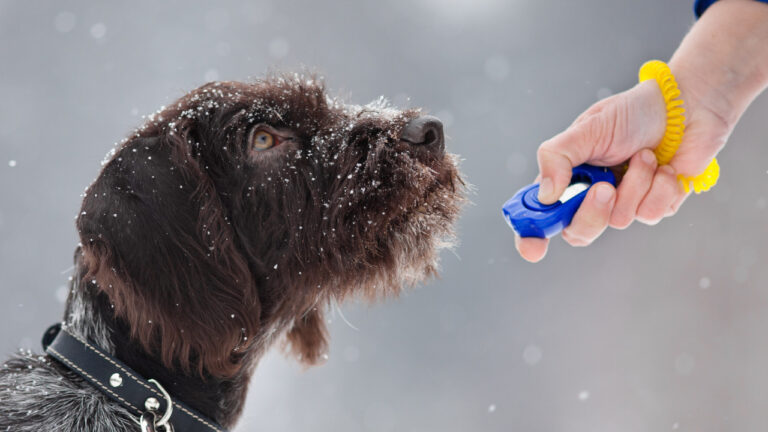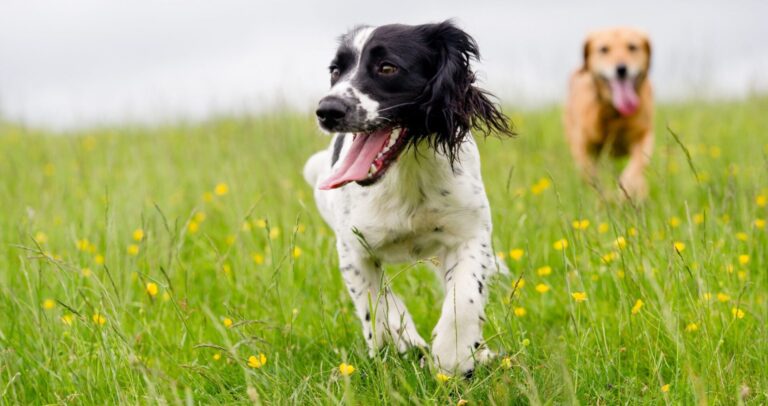Learning how to use a marker to capture behaviours is essential to effective, behaviour modification and modern dog training.
Why Use a Marker?
A Marker is anything thing that pinpoints a moment in time. It is used to tell your dog the precise moment they do the behaviour that we want. Because dogs learn by linking things together, the clear we can make the link, the faster they will learn.
What Makes a Good Marker
Short, one-syllable words such as “Good”, “Yes” “Yay” all work well as markers. You could also choose to use a short and abrupt sound such as a stapler or ballpoint pen; you could even just click with your tongue.
A word is always available and has the scope to be toned up or down to reflect the behaviour’s level of difficulty. A simple “good” for an easy skill, an excited “GOOD” for a more challenging skill or a super enthusiastic “GOOOOOOD” when they have done something amazing, and you want to get the dog excited and engaged by their achievement.
There is a significant volume of research that supports the effectiveness of plastic clickers. These training tools work so effectively because the sound they make is distinctive, and your dog will only hear it when they have chosen the ‘right’ behaviour. This means it is obvious for the dog that the behaviour has been marked.
There are pros and cons to every type of marker. The clicker is unique, consistent and, according to research, is the most effective marker. However it is something extra to remember and is easily left at home. Ultimately, whichever marker works for you to use consistently is the best one!
Introducing the Marker
Using a marker is very easy, just follow the steps below. It is best to repeat these steps before every training session just to remind your dog what the marker means.
If your marker is a word simply say your word (in a calm, quiet voice) and then give a a treat. Timing is essential; there needs to be a slight pause between your marker word and the treat. Aim for a gap of no more than 1-2 seconds between the click and the treat.
If you are using a clicker you may find it most comfortable to click with my left hand and have the treat ready in the right (I am right-handed). As before, click, pause then treat. You will probably find that your dogs will increasingly glance or even stare at the clicker rather than at the treat.
Most dogs will pick this up incredibly quickly, so this is more about you getting comfortable with your choice of marker. This process will help your dog link the click / word with the reward (the treat) and is known as “loading”.
What to do:
Loading the Marker.
Try to hold the session in a calm, low distraction environment so that focus is solely on you..
- Mark once.
- pause
- Give the treat
- Repeat 5 – 10 times
Teaching ‘Sit’
This exercise is an excellent way to practice the timing when learning how to mark behaviours. This exercise will be easy for most older puppies and adult dogs.
- ask1 your dog to “sit.”
- ‘mark’ the precise moment they put their bottom on the ground.
- Give a treat.
If your dog sits before you can mark, just lure them up to stand again and try again. If you are too late with your mark, don’t use it, just restart.
You are now ready to start training and learning using a marker. Are you ready to take training with your dog to the next level?

